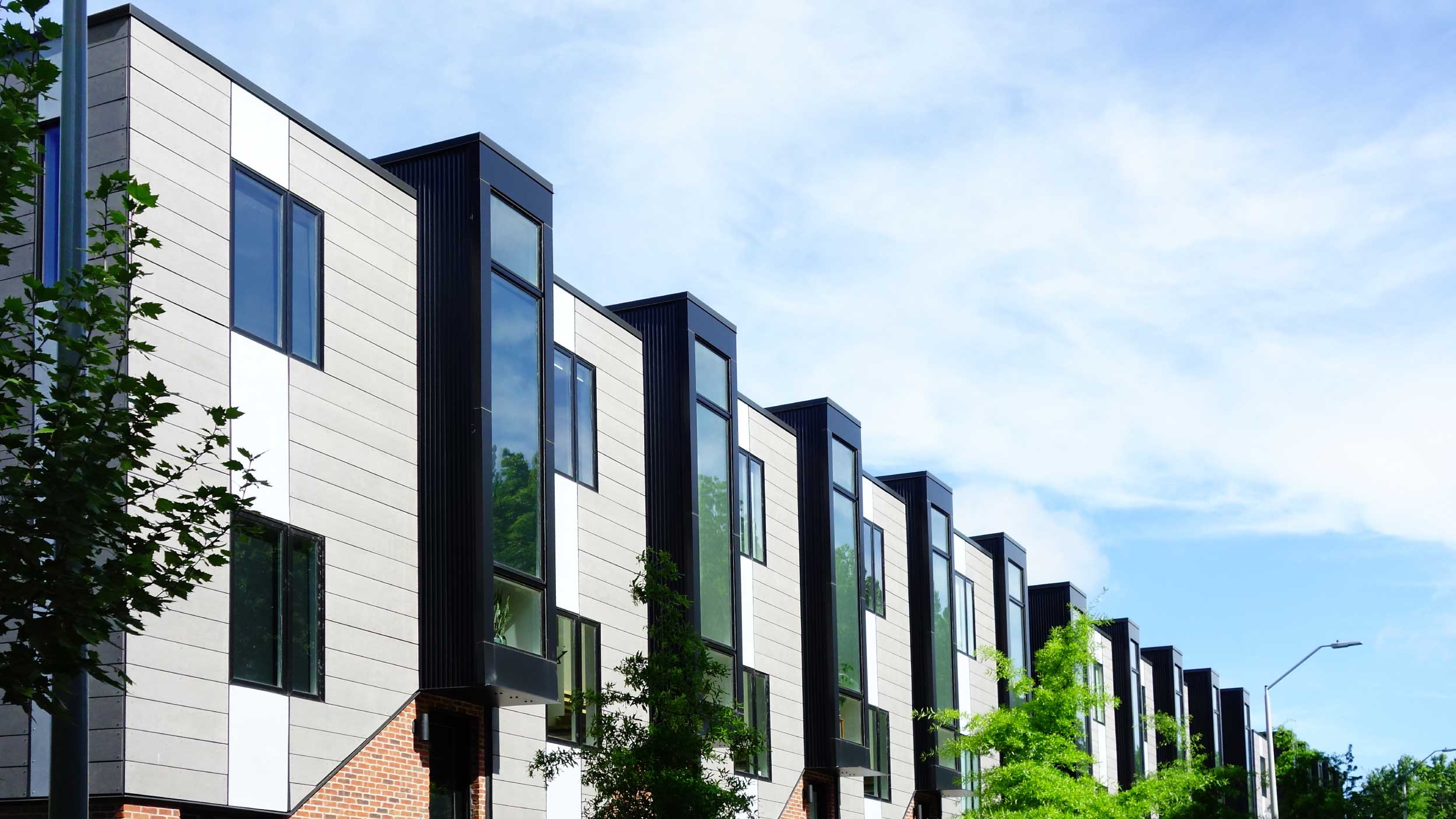
Real estate Opportunity in real estate credit
Higher interest rates, reduced basis, and tighter bank regulations are potential positives for commercial real estate (CRE) credit and why we see opportunity.

Here’s a summary of our current outlook for commercial real estate (CRE) for the US and globally. For a deep dive into the five key takeaways from our outlooks read Global commercial real estate update: State of play heading into Q4 2024 and US commercial real estate outlook – Looking beyond 2024W.
We head into Q4 2024 expecting values to start to recover after 24 months of correction. Unlike most years, the recent increase in interest rates in many markets will keep the pace of transaction subdued through year-end, in our view. We have growing confidence that transaction activity is likely to re-accelerate in early 2025, and that the start of a new real estate value cycle is close at hand.
The real estate value cycle is expected to benefit less from cap rate compression compared to previous recoveries. Achieving the best real estate returns, relative to the respective local market, will require a focus on property income growth and reliance on secular demand drivers that can mitigate the economic cycle easing. It may also elevate the need to seek differentiated performance through market selection because of the large historical gap between top- and bottom-performing markets.
Get a deep dive into the key takeaways from our global commercial real estate outlook.
Until recently, transaction volumes were expected to end 2024 at a slow jog due to the lingering drag of higher interest rates. But mounting evidence of easing inflation and economic conditions provoked sharp declines in US Treasury yields and elevated expectations of imminent fed fund rate cuts. That’s driving confidence in a real estate recovery with transaction activity re-accelerating either late this year or in early 2025, and that the start of a new real estate value cycle is close at hand.
Need for property income growth
This new real estate value cycle, however, is expected to benefit less from cap rate compression compared to previous recoveries. Near-term economic growth is expected to ease, and current pricing largely reflects different sector expectations for income growth and liquidity. This accentuates the need for property income growth and reliance on secular demand drivers that can mitigate the easing of the economic cycle. It also may elevate the need to seek differentiated performance through market selection because of the large historical gap between top- and bottom-performing markets.
As the November US presidential election approaches, the candidate’s policy differences will undoubtedly provoke speculation about which is best for real estate. While we’re focused on the potential impacts of the US presidential election, we believe that differences in state and local policies impact real estate investment more directly. Plus, the current trajectory of inflation, economic growth, interest rates, and real estate conditions provide more actionable information for investment decisions.
Get a deep dive into the key takeaways from our US cpmmercial real estate outlook.

Higher interest rates, reduced basis, and tighter bank regulations are potential positives for commercial real estate (CRE) credit and why we see opportunity.

Our experts unpack the 2025 outlook on the evolving real estate market. We explore the implications of recent trends and ESG considerations on the market.

Private credit, including real estate debt and direct lending, may offer diversification and lower volatility, making it potentially an attractive option for investors seeking optimized portfolios.
Forward-looking statements are not guarantees of future results. They involve risks, uncertainties and assumptions, there can be no assurance that actual results will not differ materially from expectations.
The value of investments and any income will fluctuate (this may partly be the result of exchange rate fluctuations) and investors may not get back the full amount invested. Property and land can be difficult to sell, so investors may not be able to sell such investments when they want to. The value of property is generally a matter of an independent valuer's opinion and may not be realized.
Investing in commercial real estate assets involves certain risks, including but not limited to: tenants' inability to pay rent; increases in interest rates and lack of availability of financing; tenant turnover and vacancies; and changes in supply of or demand for similar property types in a given market.
Investing in real estate typically involves a moderate to high degree of risk. The possibility of partial or total loss of capital will exist.
Data as at 30 June 2024, unless otherwise stated.
The opinions expressed are those of the author, are based on current market conditions and are subject to change without notice. These opinions may differ from those of other Invesco investment professionals.
This is marketing material and not financial advice. It is not intended as a recommendation to buy or sell any particular asset class, security or strategy. Regulatory requirements that require impartiality of investment/investment strategy recommendations are therefore not applicable nor are any prohibitions to trade before publication.
Israel: This document may not be reproduced or used for any other purpose, nor be furnished to any other person other than those to whom copies have been sent. Nothing in this document should be considered investment advice or investment marketing as defined in the Regulation of Investment Advice, Investment Marketing and Portfolio Management Law, 1995 (“Investment Advice Law”). Neither Invesco Ltd. nor its subsidiaries are licensed under the Investment Advice Law, nor does it carry the insurance as required of a licensee thereunder.
Definitions
The federal funds rate is the rate at which banks lend balances to each other overnight.
Cap rate (capitalization rate): is a term in commercial real estate that refers to the way a building is evaluated.
EMEA3866588